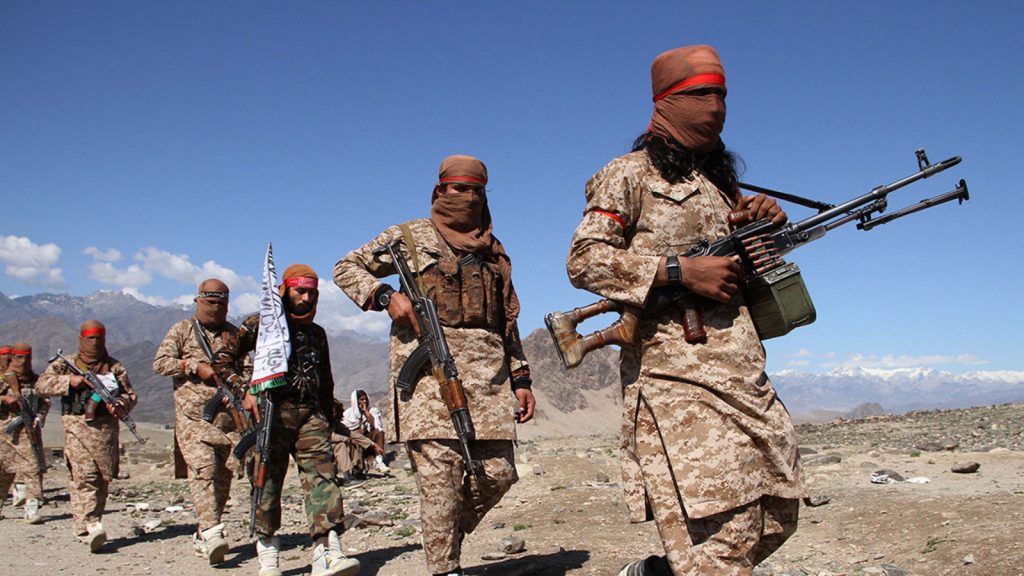Washington/New Delhi: The Taliban now controls a total of 212, or roughly half of Afghanistan’s 419 district centres, a top US General said, adding that the insurgents appear to have gained ‘strategic momentum’ since the withdrawal of American troops.
“Strategic momentum appears to be sort of with the Taliban,” General Mark Milley, chairman of the US Joint Chiefs of Staff, said at a press conference at the Pentagon on Wednesday.
“We’re going to find out, the levels of violence, does it go up, does it stay the same, there’s the possibility of negotiated outcome still out there, there’s the possibility of a Taliban takeover (and) any other number of scenarios,” Milley said.
He still expressed confidence in the ability of Afghan forces to fend off a Taliban takeover of the country.
“The two most important combat multipliers, actually, is will and leadership. And this is going to be a test now of the will and leadership of the Afghan people, the Afghan Security Forces and the government of Afghanistan.
“I don’t think the end game is yet written. A negative outcome, a Taliban automatic takeover, is not a foregone conclusion,” he added.
While the militants are yet to capture any of the country’s 34 provincial capitals, they are pressuring about half of them, said Milley.
Afghan security forces are consolidating their positions to protect those major urban centres including Kabul, he said.
“What they’re trying to do is isolate the major population centres. They’re trying to do the same thing to Kabul.”
As of Wednesday, the Taliban now controls about 212 of Afghanistan’s 419 district centres, Milley said, adding that it was a significant jump from the 81 district centres a month ago.
The top US General attributed some of the Taliban’s recent gains to Afghan forces consolidating in order to protect population centre, The Hill news website said in a report.
“Part of this is they’re giving up district centres in order to consolidate their forces because they’re taking an approach to protect the population,” Milley said.
“And most of the population lives in the provincial capitals and the capital city of Kabul. So they are right now, as we speak, adjusting forces to consolidate into the provincial capitals and Kabul.”
He also predicted that, following a lull in violence for the Eid al-Adha holiday, the rest of the summer could be decisive for the tide of the war, the report added.
Afghanistan has witnessed heavy battles between Taliban and security forces since the start of withdrawal of the US-led forces from the war-torn country on May 1.
US President Joe Biden has set a formal end to the US military mission in Afghanistan for August 31, days ahead of his original September 11 deadline.
US Central Command said last week over 95 per cent of the withdrawal hads been completed.
More than 2,400 US troops were killed in Afghanistan over the past two decades, with 20,000 wounded, according to the Pentagon.
Estimates show that over 66,000 Afghan troops have been killed, and over 2.7 million people were displaced.
IANS
